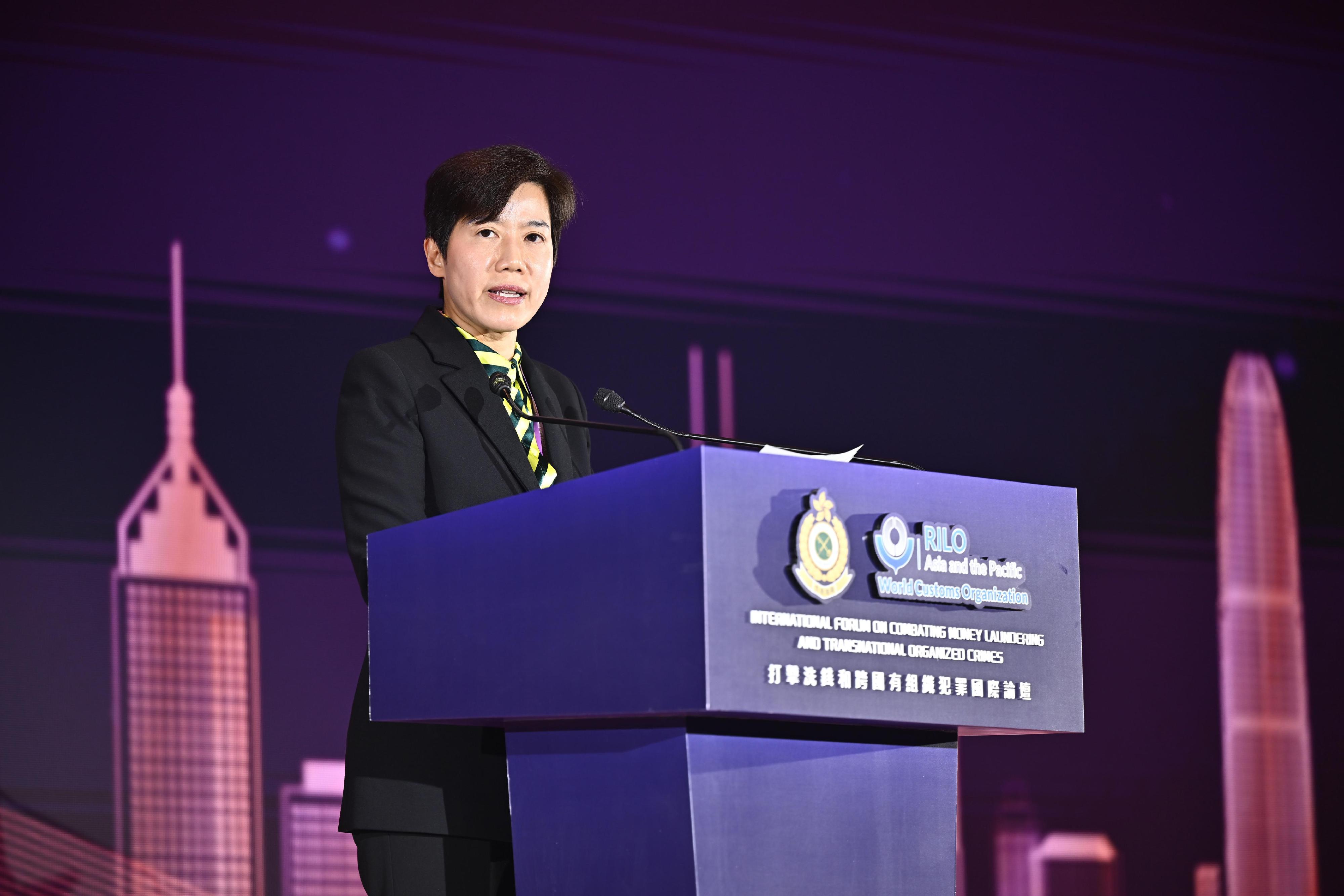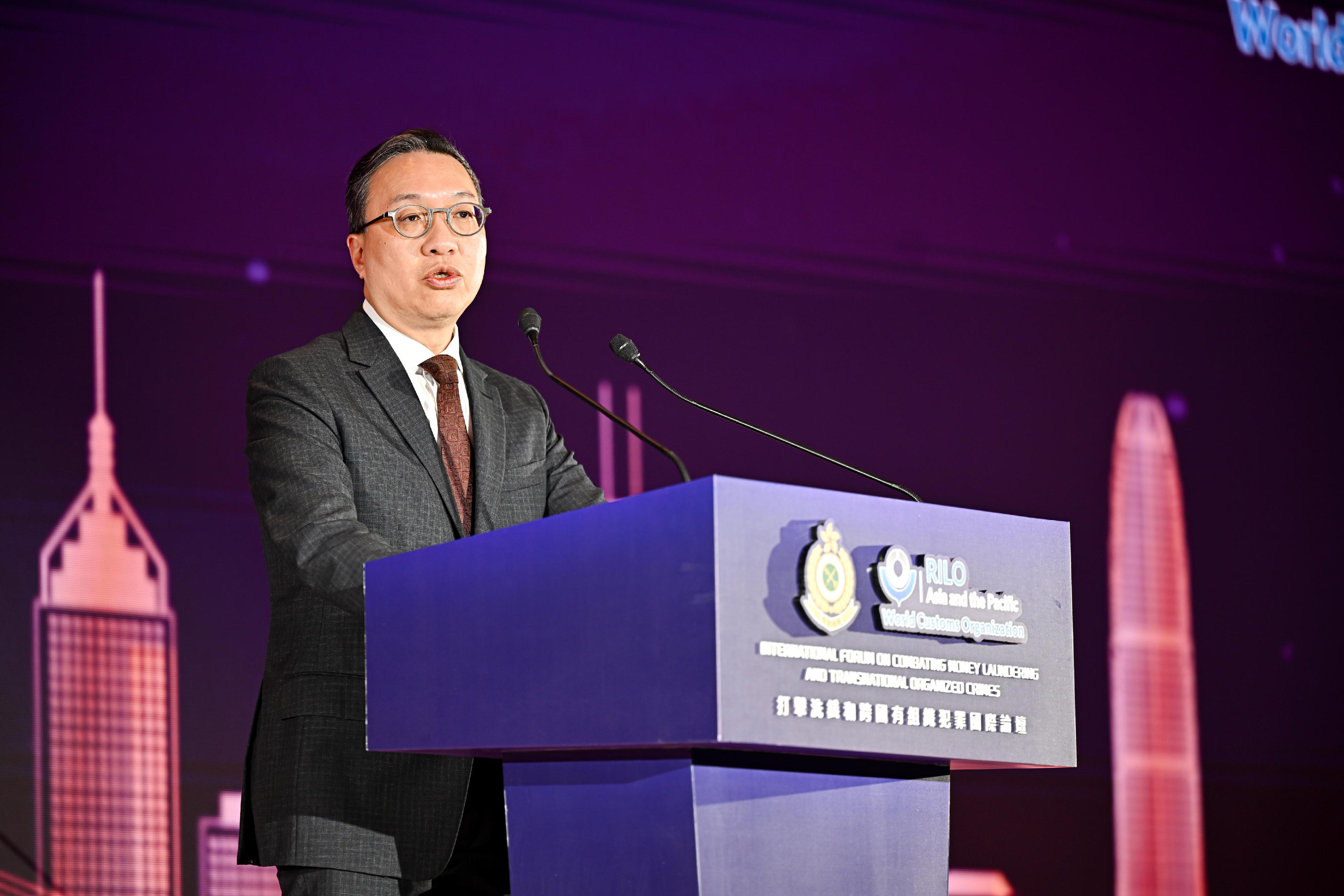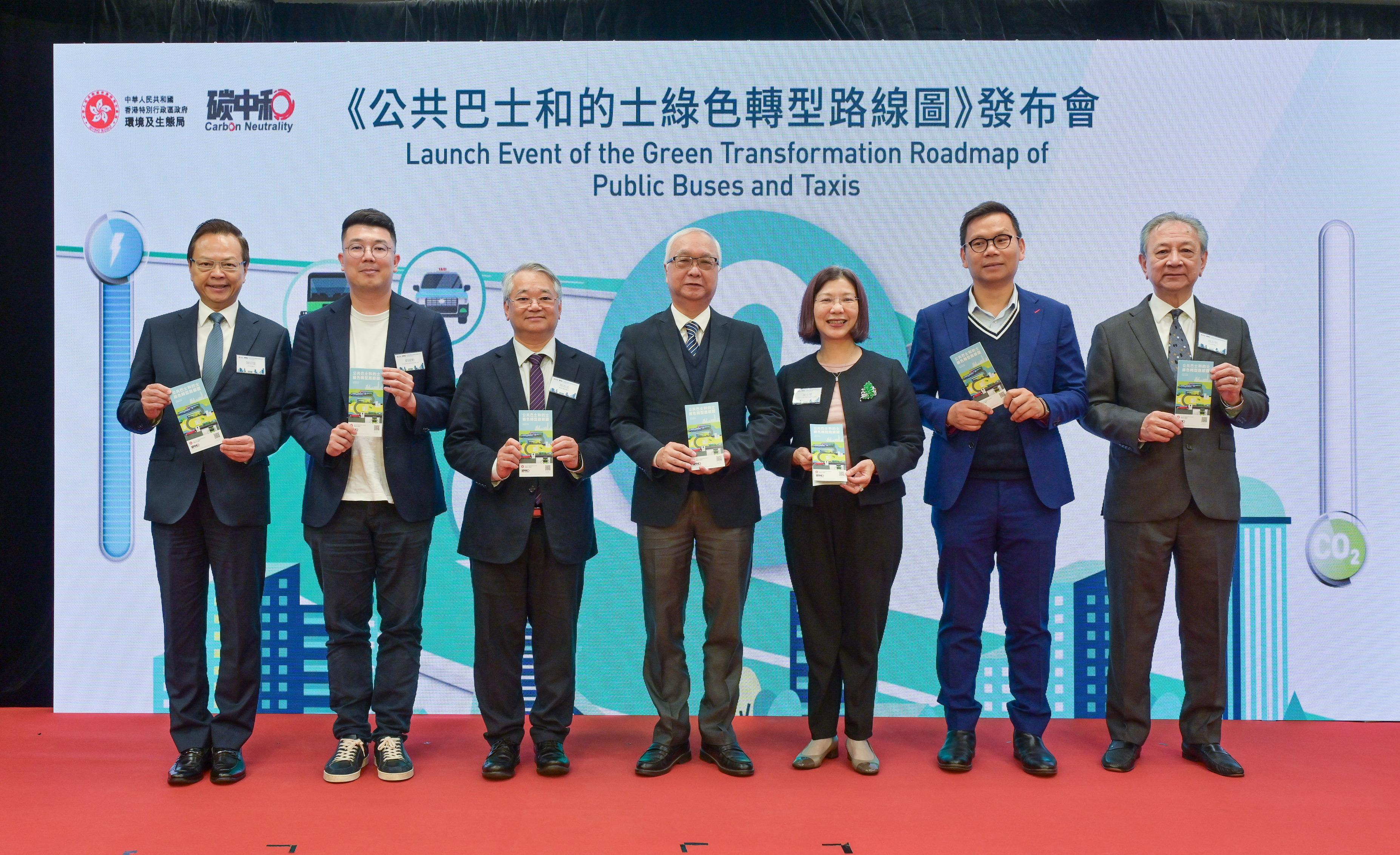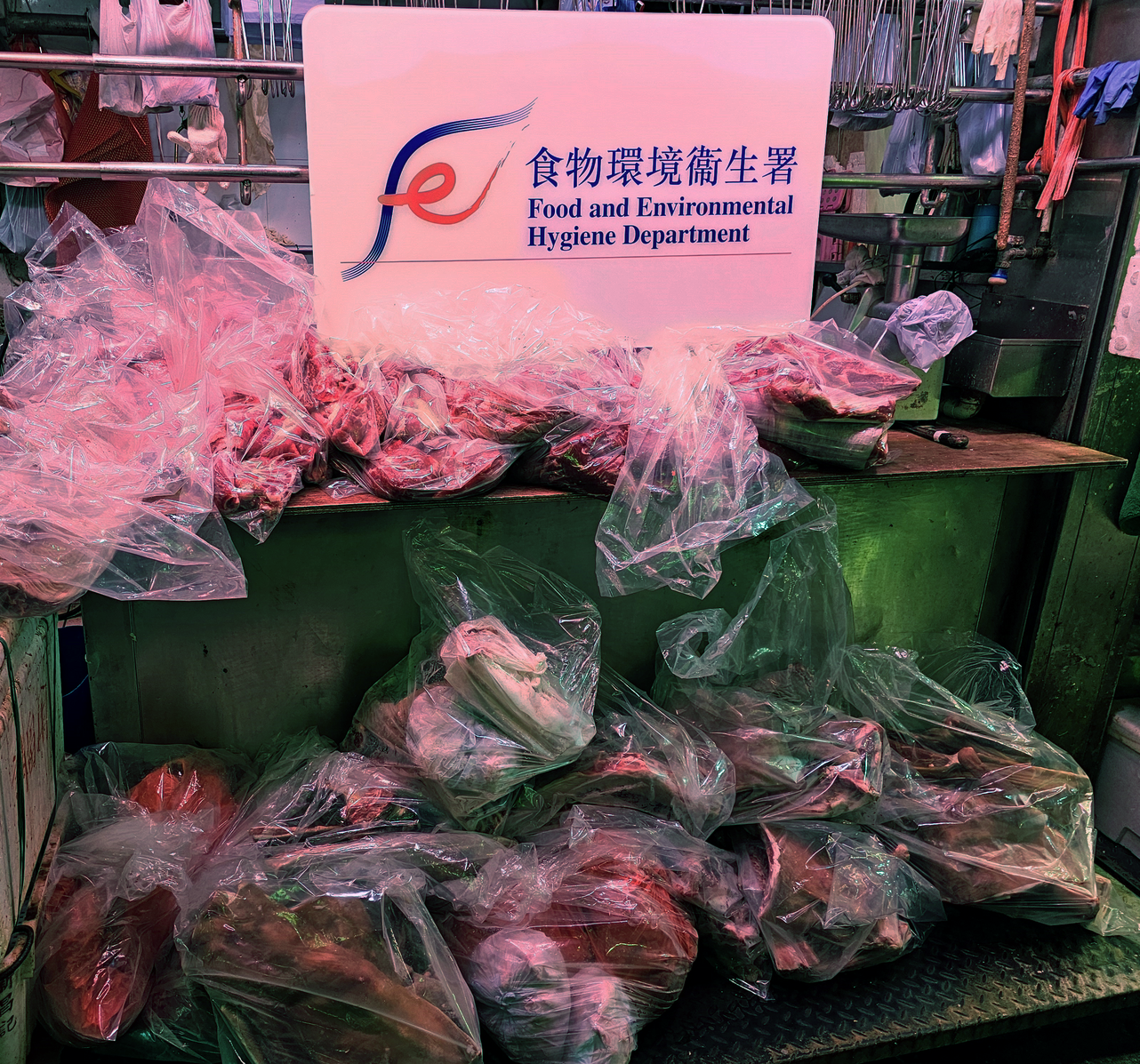Hong Kong Customs and Regional Intelligence Liaison Office for Asia and the Pacific jointly host International Forum on Combating Money Laundering and Transnational Organized Crimes (with photos)
Hong Kong Customs and the Regional Intelligence Liaison Office for Asia and the Pacific today (December 10) hosted a three-day International Forum on Combating Money Laundering and Transnational Organized Crimes: Criminal Networks, Trade Dynamics and Beyond. The Secretary for Justice, Mr Paul Lam, SC; the Secretary for Security, Mr Tang Ping-keung; the Commissioner of Customs and Excise, Ms Louise Ho; and the Head of the Regional Intelligence Liaison Office for Asia and the Pacific, Mr Toshihiko Osawa, officiated at the kick-off ceremony of the forum.
This is the first time for Hong Kong Customs to host a large-scale international forum focusing on combating money laundering and transnational organised crimes, inviting as many as 250 representatives from law enforcement agencies, the World Customs Organization, Interpol, the Financial Action Task Force, the Secretariat of the Convention on International Trade in Endangered Species of Wild Fauna and Flora, the United Nations Office on Drugs and Crime, anti-money laundering regulators, the fintech sector, and local industries.
In his opening speech at the forum, Mr Lam highlighted that under the principle of "one country, two systems", Hong Kong has a reputable and efficient legal and judicial system based on common law. He emphasised that Hong Kong has enacted many domestic laws, continuously updated to tackle transboundary crimes, ensuring alignment with international standards and Hong Kong's international legal obligations. He elaborated on Hong Kong's active role in international co-operation to combat money laundering and transnational organised crimes, including the signing of bilateral Mutual Legal Assistance agreements with 33 jurisdictions. These agreements play a crucial role in enabling the effective prosecution of transboundary crimes and the recovery of assets or proceeds of crimes. He also stressed the importance of knowledge and experience sharing, including capacity building, with international symposiums and conferences like this forum providing excellent platforms for such purposes.
Also speaking at the forum, Mr Tang highlighted that criminals exploit the financial system for money laundering and transnational organised crimes, underscoring the necessity of strengthening international co-operation to combat these issues. He urged that, in addition to actively participating in international organisations to promote intelligence exchange, each country or region should continuously improve their anti-money laundering legal frameworks and regulatory systems to align with international standards. Furthermore, compliance by the private sector plays a key role, with all sectors needing to implement risk-based preventive measures to safeguard the global financial system.
In her speech, Ms Ho pointed out that the forum is themed "Defeating Crimes Today, Securing Economy Tomorrow" with a series of presentations and panel discussions focusing on anti-money laundering, combating dangerous drugs crimes, and illegal wildlife trade. She emphasised that the effectiveness of combating money laundering and transnational organised crimes depends on full co-operation among governments, law enforcement agencies, and private institutions. Therefore, the forum is guided by three action slogans, namely "Enforcement Strategy", "Public-Private Partnership", and "Synergized Cooperation", encouraging in-depth discussions from different perspectives and experience sharing to promote mutual collaboration.
In addition, Hong Kong Customs also signed a Memorandum of Understanding with the University of Hong Kong (HKU) at the forum, aiming to jointly promote research and development, as well as staff training in areas of virtual assets, blockchain technologies and intellectual property protection, with a view to enhancing the department's enforcement capabilities in anti-money laundering, counter-terrorist financing, and combating online infringement activities.
Looking ahead, Hong Kong Customs plans to organise training courses on anti-money laundering and technology enforcement for Customs members in the Asia-Pacific region in collaboration with the HKU to strengthen the Customs capacity building in the region and build a safe and stable global financial environment.













